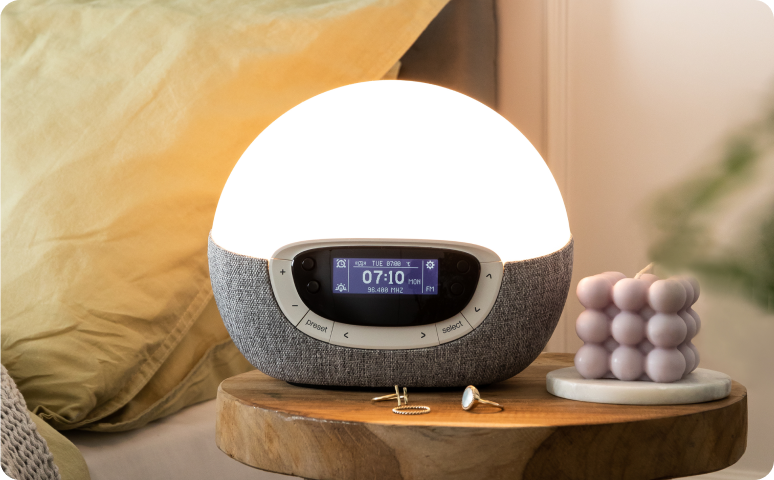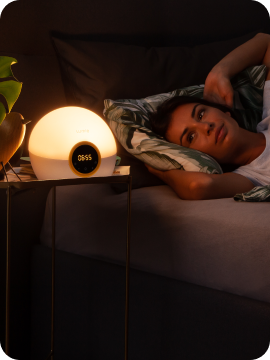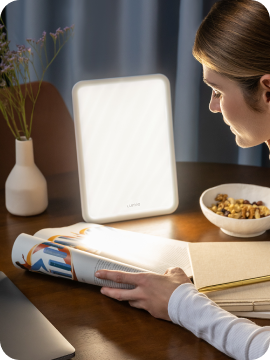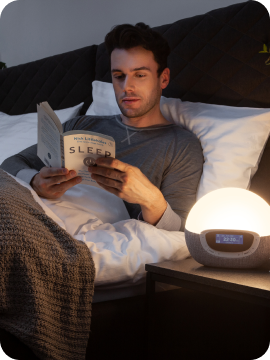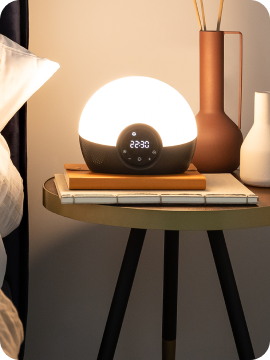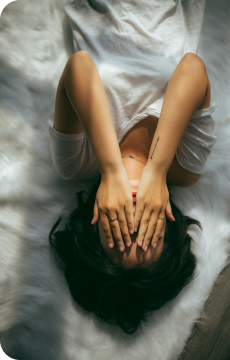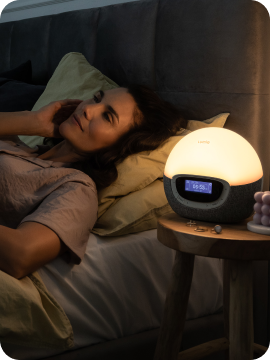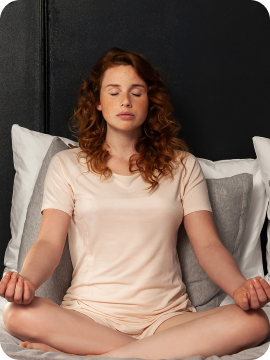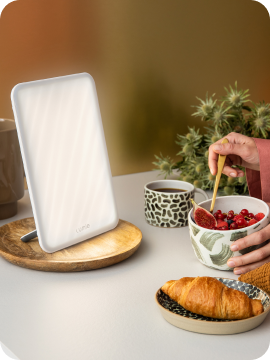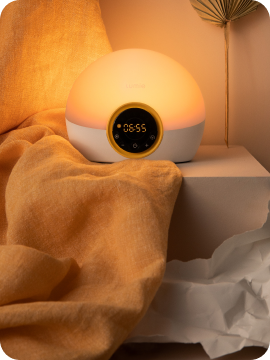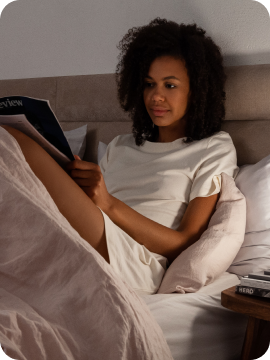Beat winter blues
You're not alone if you’ve been feeling down in the dumps since the days have been noticeably shorter and darker. A great majority of people living in the northern hemisphere are affected by the change of seasons and weather this time of year. You may be experiencing changes in energy levels, sleep, eating patterns, mood, and a general feeling of well-being, which may be linked to reduced exposure to sunlight during the shorter fall and winter days. It’s completely normal to have a day here or there when you feel down, especially if the weather is gloomy, but if your feelings are affecting your everyday life, you shouldn’t downplay or ignore your symptoms.
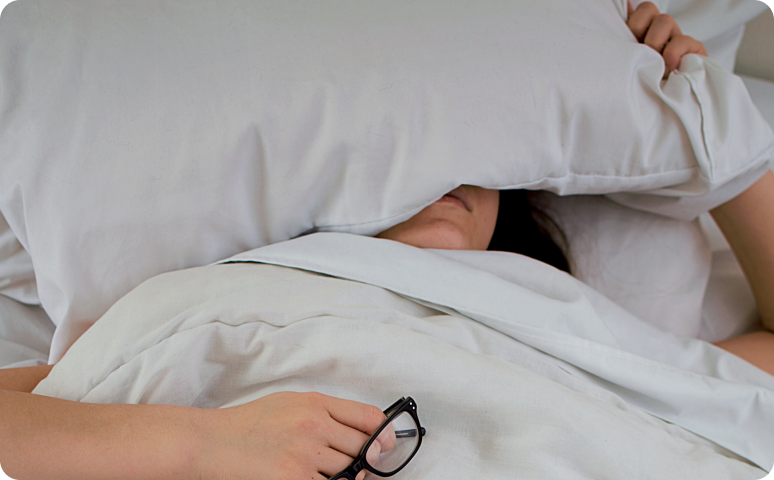
How do I know if my mood changes are seasonal?
If you persistently experience sleep problems, low mood, lethargy, and extra cravings for carbohydrates in fall and winter, it may be a good idea to discuss it with a medical professional.
According to Professor Norman E. Rosenthal, Rosenthal, an American psychiatrist who pioneered the use of light therapy as a form of treatment for winter blues, the amount of serotonin in the blood coming from the brain varies directly with the amount of sunlight exposure.
How can light therapy help?
Bright light, such as sunlight on a clear midsummer day, makes us feel positive, alert and energized naturally. The short, dark days can trigger symptoms of 'winter blues', like lack of energy, wanting to sleep more, and socialize less. Bright light therapy mimics natural daylight to boost mood and energy.
Vitamin L Bright Light Therapy Lamp
Research has shown that serotonin levels increase with exposure to bright light in those struggling with winter blues, which makes light therapy delivered by lights such as Vitamin L a fantastic, drug-free way of combating seasonal mood changes! Most people feel the effects of bright light therapy within two to four days. Vitamin L is slim and lightweight, making it easy to fit light therapy into your daily routine, at breakfast, while you’re working, studying, or simply relaxing.
Discover Vitamin L
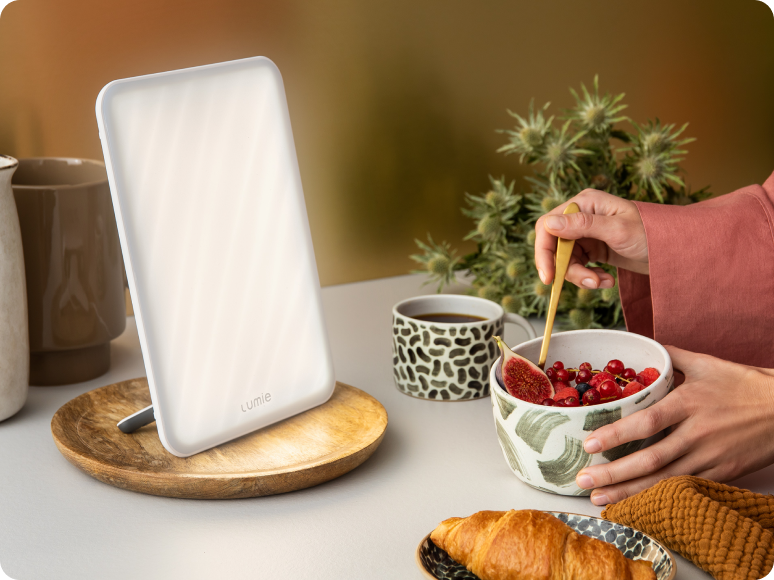
Bodyclock Shine 300
For best effects, use both a sleep/wake-up light and a lightbox. The two devices work very well together! While bright light therapy can help you combat the feelings of sluggishness during the day, wake-up lights such as Bodyclock Shine 300 offer a great way to wake up gently with sunrise simulation, setting you up positively for the day ahead. At bedtime, a fading sunset creates an environment where sleep comes easily, allowing you to unwind properly.
Discover Bodyclock Shine 300
